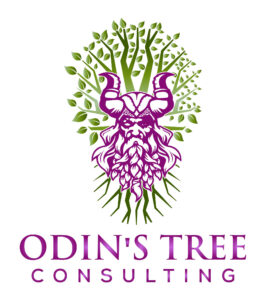In today’s multigenerational workforce, differences in motivation among age groups can create unique challenges. There’s a common perception that younger workers, often labeled as Millennials and Gen Z, lack the same work ethic or drive as their older counterparts, the Gen Xers and Baby Boomers. Whether this perception holds any truth or not, the idea of a “motivational gap” can lead to tension and a negative impact on workplace morale across the board. In this post, we’ll explore strategies to understand and address this issue, fostering a more harmonious and productive work environment for all.
Understanding the Motivational Gap
Firstly, it’s important to acknowledge that the concept of a “lack of motivation” among younger workers may stem from a misunderstanding of their values and work styles rather than an actual deficiency in work ethic. Younger generations might prioritize work-life balance, seek purpose and fulfillment in their jobs, and desire rapid career advancement, which may be misinterpreted as a lack of commitment or motivation.
Impact on Older Workers’ Morale
When older workers perceive their younger colleagues as unmotivated, it can lead to frustration, a sense of increased burden, and a feeling that they need to compensate for the perceived lack of effort. This can contribute to burnout and a negative atmosphere in the workplace.
Strategies to Address the Issue
1. Rethink Motivation: Employers should make an effort to understand what drives younger workers and how it might differ from the motivations of older generations. Providing opportunities for growth, offering meaningful work, and recognizing achievements can boost motivation across all age groups.
2. Effective Communication: Encourage open dialogue between generations to foster mutual understanding. Mentorship programs can be a powerful tool for knowledge transfer and relationship building, benefiting both younger and older workers.
3. Flexible Work Arrangements: Adapting work conditions to meet the varied needs of different age groups can help in maintaining motivation. Flexibility could include options for remote work, varied start and end times, or compressed workweeks.
4. Tailored Incentives: Incentive programs should reflect the diverse values and needs within the workforce. While older workers may appreciate traditional benefits such as retirement contributions, younger workers might value professional development opportunities or wellness programs.
5. Collaborative Goal Setting: Involving workers of all ages in setting goals and defining success can increase engagement and ensure that everyone feels their contributions are valued.
6. Cross-Generational Teams: Mix teams to include a range of ages and experiences. This can lead to more innovative solutions and help bridge any motivational gaps through shared goals and peer learning.
Conclusion
The key to addressing motivational differences between younger and older workers lies in understanding and leveraging the unique perspectives and strengths each group brings to the table. Rather than focusing on the negative impacts, employers can take proactive steps to create an environment where all employees feel motivated, valued, and understood. By doing so, they can turn potential conflict into collaboration, ensuring that the entire workforce is engaged and contributing positively to the company’s goals.




